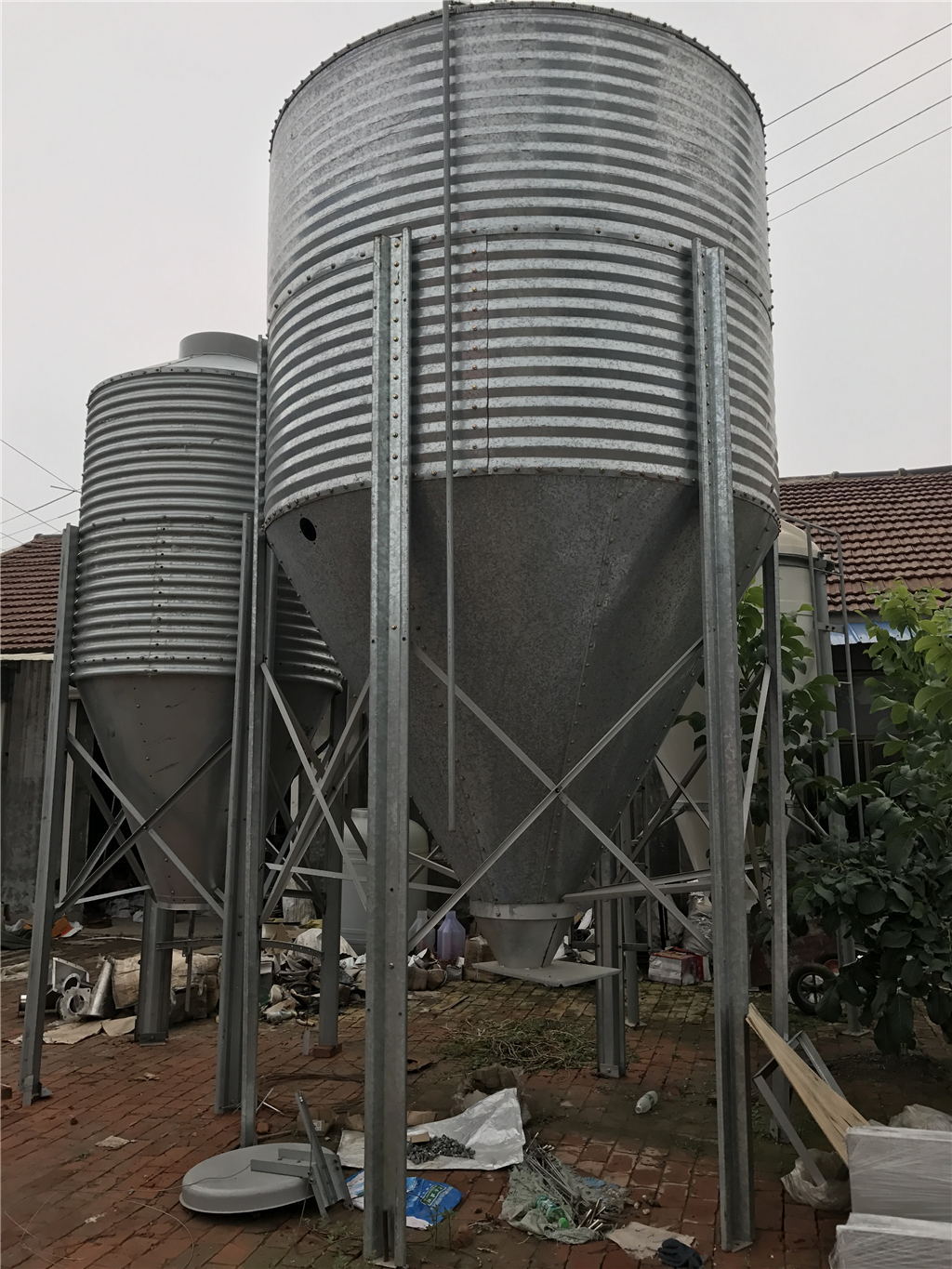poultry feed grinder and mixer
Nov . 22, 2024 16:36 Back to list
poultry feed grinder and mixer
The Importance of Poultry Feed Grinder and Mixer in Modern Farming
In the world of modern agriculture, the efficiency and health of livestock play a pivotal role in ensuring sustainability and productivity. Among various livestock, poultry farming has gained significant popularity due to the rising demand for eggs and meat. One crucial aspect of poultry farming that directly influences the health and growth of birds is their feed. To optimize feed quality and nutritional value, the use of a poultry feed grinder and mixer has become essential.
Understanding Poultry Feed Grinders and Mixers
A poultry feed grinder is a machine designed to crush and grind feed ingredients like grains, seeds, and other components into smaller particles. This process is vital because it increases the surface area of feed particles, enhancing digestibility and nutrient absorption. Properly ground feed also ensures that birds can consume their diet more easily, thereby improving their overall health and growth rates.
Conversely, a feed mixer combines various feed ingredients to create a uniform mix. The nutritional needs of poultry can vary according to their age and purpose (meat production, egg-laying, etc.). A mixer allows farmers to blend different powders and granules accurately, ensuring each batch of feed meets the specific dietary requirements of the birds. This process is crucial since inconsistent feeding can lead to imbalances in nutrition and various health issues among poultry.
The Benefits of Using a Feed Grinder and Mixer
1. Cost-Effective Production By using a feed grinder and mixer, poultry farmers can produce their own feed rather than purchasing pre-made feeds from suppliers. This not only reduces feed costs but also allows farmers to have greater control over the ingredients, ensuring higher quality and freshness.
2. Customizable Nutrition Different poultry species and breeds have varying nutritional requirements. A grinder and mixer enable farmers to create customized feed blends that meet the specific needs of their flock, incorporating protein sources, vitamins, and minerals tailored to promote optimal growth.
poultry feed grinder and mixer

3. Improved Feed Quality Grinding the feed reduces particle size, which enhances digestibility. A well-mixed diet ensures that all birds receive their required nutrients without any discrepancies. Consequently, this leads to healthier birds, fewer health issues, and better production rates in terms of meat and egg production.
4. Enhanced Feed Efficiency When feed is properly processed and mixed, poultry can convert it into body mass more efficiently. Enhanced feed efficiency means that farmers can achieve better growth rates and improve their profits over time due to reduced feed waste and improved conversion ratios.
5. Time Savings Modern poultry feed grinders and mixers are designed to be user-friendly and efficient. Farmers can significantly reduce the time spent on feed preparation. Many models allow for batch processing, which means larger quantities can be ground and mixed in shorter times, streamlining the feeding process.
Choosing the Right Equipment
When selecting a poultry feed grinder and mixer, farmers should consider several factors. First, the capacity of the machine is crucial; it should align with the size of the operation to ensure adequate feed production. Additionally, the type of grinder—whether it be hammer, roller, or another design—can influence the particle size and feed consistency.
Moreover, durability and ease of maintenance are essential features. Equipment made from high-quality materials will withstand the rigorous demands of daily use. Farmers should also consider the power source (electric, diesel, etc.) based on their available resources.
Conclusion
In conclusion, the use of a poultry feed grinder and mixer is indispensable in modern poultry farming. It not only enhances feed quality and nutritional balance but also contributes to cost savings and increased efficiency. By investing in the right equipment, poultry farmers can ensure the healthy growth of their flocks, ultimately leading to higher production yields and profitability. As the agricultural landscape continues to evolve, those who adapt and embrace technology in feeding practices will likely thrive in the competitive world of poultry farming.
-
Hot Sale 24 & 18 Door Rabbit Cages - Premium Breeding Solutions
NewsJul.25,2025
-
Automatic Feeding Line System Pan Feeder Nipple Drinker - Anping County Yize Metal Products Co., Ltd.
NewsJul.21,2025
-
Automatic Feeding Line System Pan Feeder Nipple Drinker - Anping County Yize Metal Products Co., Ltd.
NewsJul.21,2025
-
Automatic Feeding Line System - Anping Yize | Precision & Nipple
NewsJul.21,2025
-
Automatic Feeding Line System - Anping Yize | Precision & Nipple
NewsJul.21,2025
-
Automatic Feeding Line System-Anping County Yize Metal Products Co., Ltd.|Efficient Feed Distribution&Customized Animal Farming Solutions
NewsJul.21,2025






